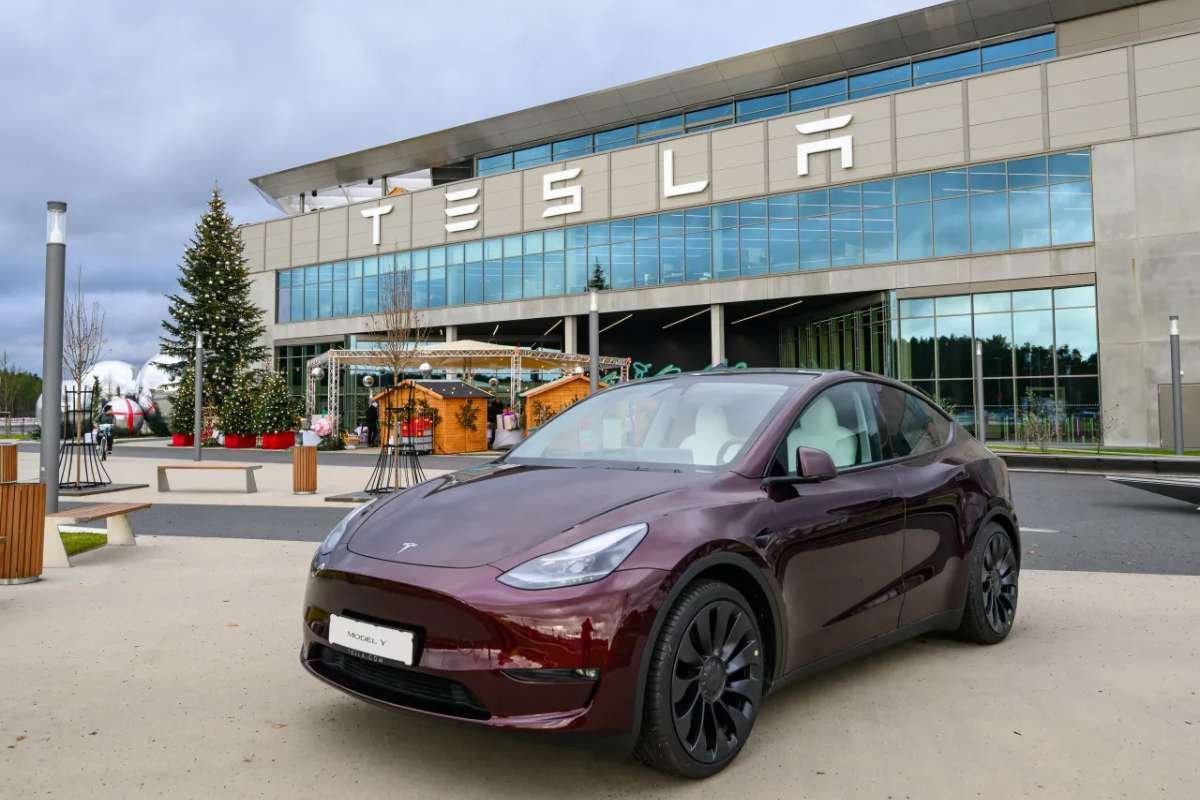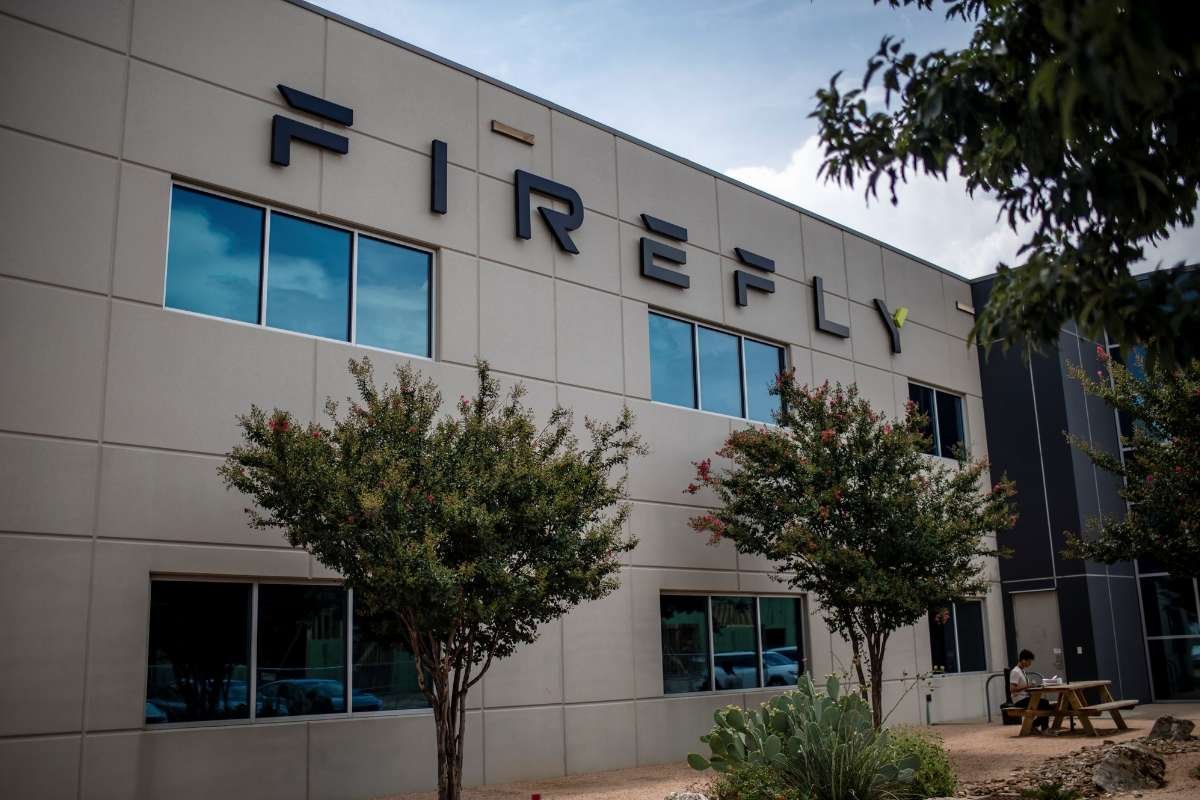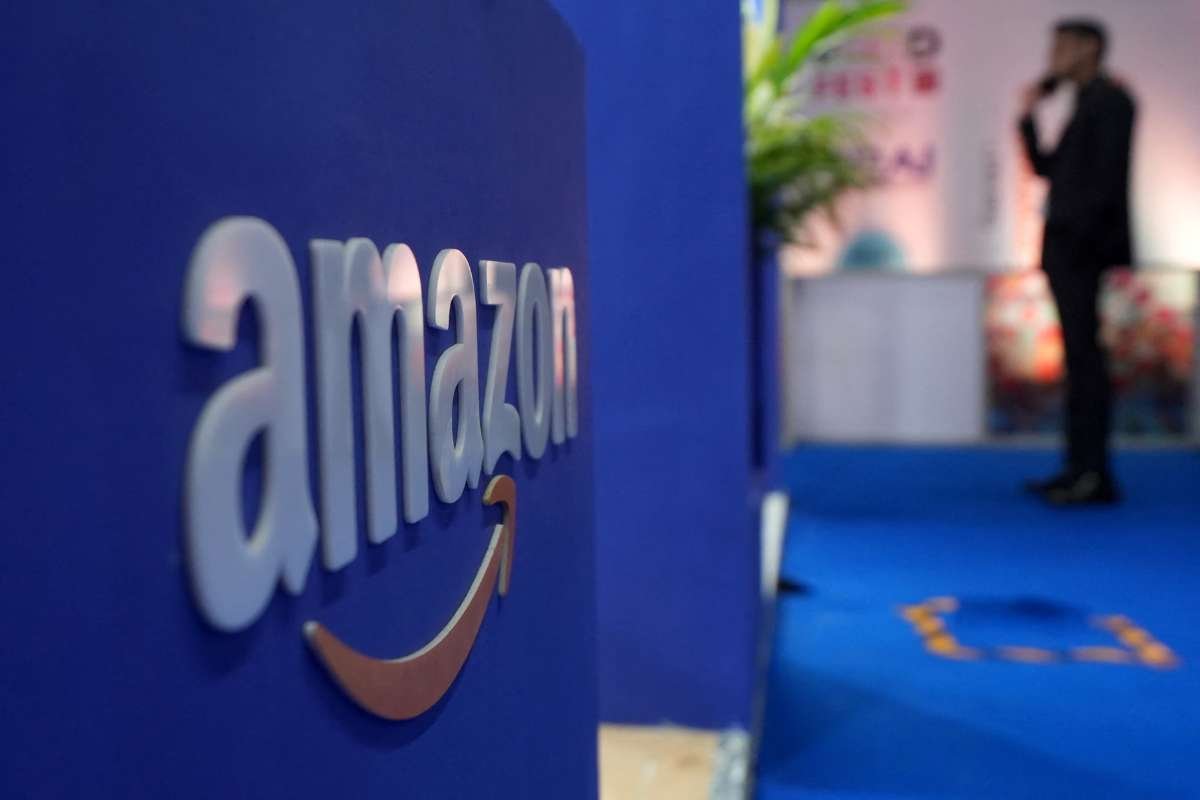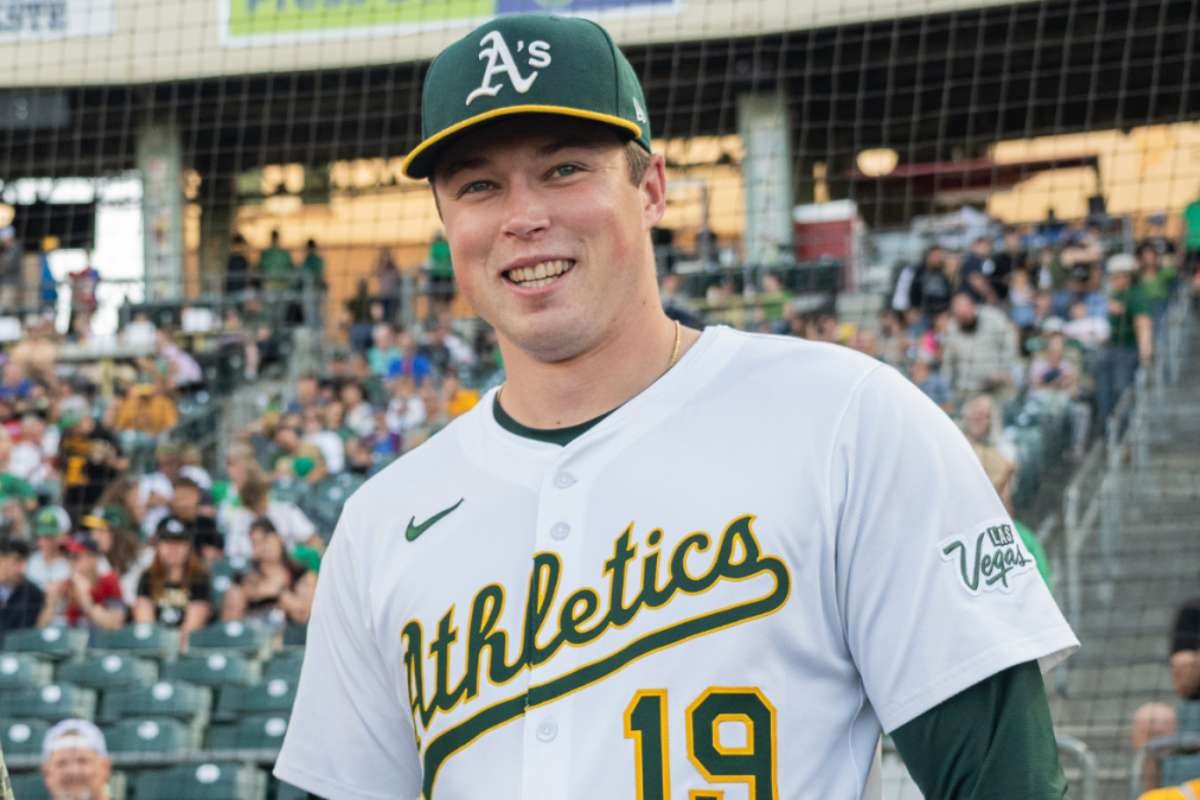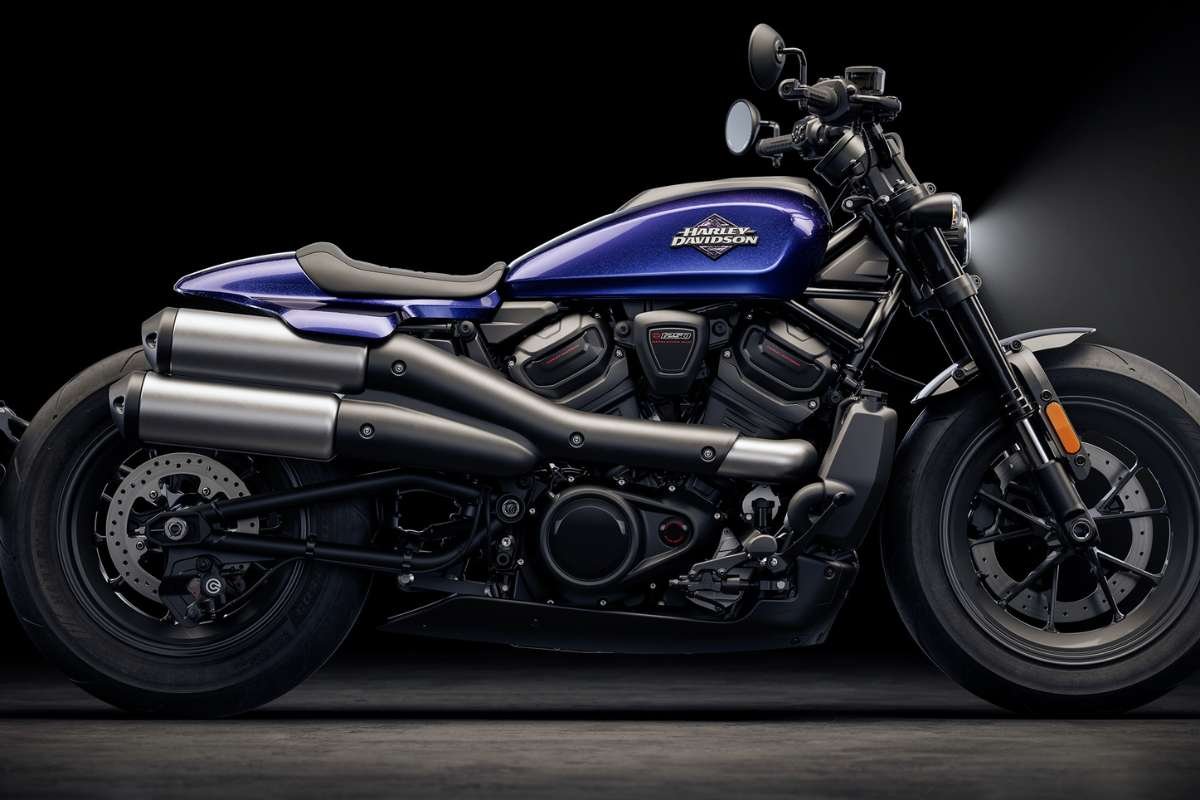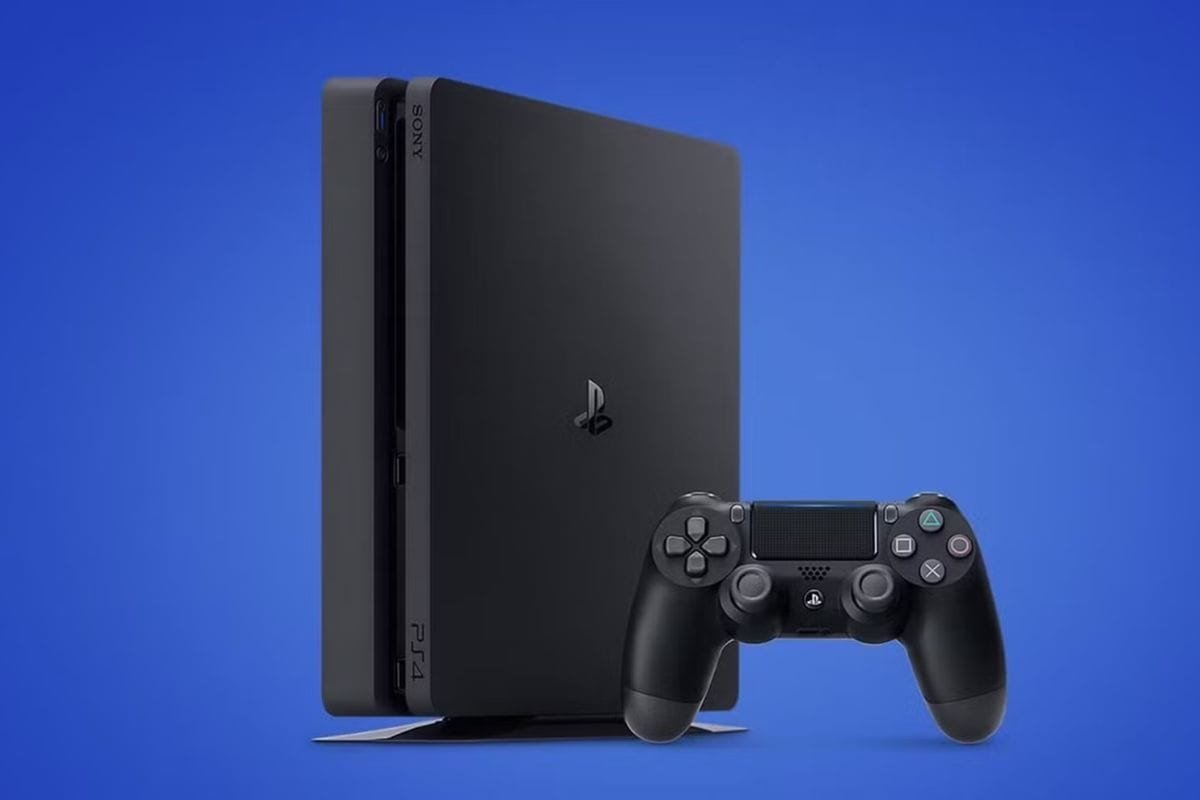Tesla is facing its first federal jury trial involving a fatal crash linked to its Autopilot technology, marking a significant legal milestone for the electric vehicle giant. The Tesla Autopilot lawsuit, now underway in the U.S. District Court in Fort Lauderdale, stems from a 2019 accident in Florida that killed 18-year-old Barrett Riley when his 2014 Model S slammed into a concrete wall at more than 100 mph.
While the vehicle was not equipped with Tesla’s Full Self-Driving (FSD) system, the plaintiffs argue that Tesla’s Autopilot-related design decisions and software updates contributed to the crash. According to CNBC, the victim’s parents are seeking $345 million in damages, claiming that Tesla removed a speed-limiting feature they had requested following an earlier incident—an action they believe directly led to their son’s death.
This Tesla Autopilot lawsuit, the first of its kind in a federal court, could reshape the legal landscape for autonomous driving and driver-assistance technologies, potentially setting a precedent for how tech companies are held accountable for AI-enabled driving systems.
Plaintiffs Highlight Engineering Flaws and Ignored Warnings
The plaintiffs allege that Tesla ignored critical safety concerns and failed to properly implement systems that could have prevented high-speed accidents. Central to their case is the removal of a speed limiter that Tesla had initially installed at the parents’ request following Riley’s earlier reckless driving episode. According to the lawsuit, this limiter was quietly disabled during a software update, giving the teen access to excessive speeds once again.
A court-appointed automotive safety expert, Bryan Thomas, provided key testimony backing the plaintiffs. As reported by The Cool Down, Thomas deemed Tesla’s driver-assistance design “defective,” citing the lack of persistent speed control and inadequate driver-monitoring systems. He stated unequivocally that had the limiter remained active, the fatal crash may have been prevented.
Tesla maintains that Autopilot was not engaged at the time of the crash and argues that Riley disabled the limiter on his own accord, asserting the company bears no legal responsibility. Tesla’s defense hinges on its claim that driver responsibility was communicated through in-car prompts and manuals.
Broader Impact on Tesla and the Future of Autonomous Tech
As the Tesla Autopilot lawsuit unfolds, its outcome is being watched closely by both legal experts and tech industry insiders. According to Stocktwits News, the case could redefine legal expectations around driver-assistance systems, especially as semi-autonomous features become more common in consumer vehicles.
While Tesla has previously faced multiple state-level lawsuits involving Autopilot, this is the first to test those allegations in federal court, increasing the potential impact of the jury’s decision. A verdict in favor of the plaintiffs in the Tesla Autopilot lawsuit could spur tighter federal regulations, spark a wave of similar lawsuits, and increase pressure on automakers to improve post-sale software accountability.
The case also underscores a growing tension in the tech industry—how to balance innovation with responsibility. As vehicles become more software-driven and updates are pushed remotely, questions arise about who ultimately controls safety-critical features.
The trial’s outcome could serve as a turning point—not just for Tesla, but for the entire autonomous vehicle industry, setting new standards for how companies must safeguard their technologies, even after delivery.
Visit more of our news! Mr. Business Magazine.

